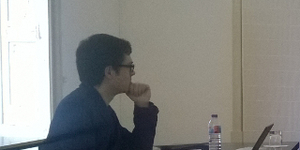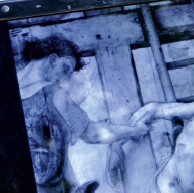
Doutoramento em Ciências do Ambiente
Human dispersal of freshwater invasive fauna
Filipe Miguel Santos Banha

Orientação: Pedro Anastácio
The main goal of this thesis was to improve the knowledge on the mechanisms involved on Human dispersal of freshwater invasive fauna, contributing for the management of these problematic species. Several vectors were investigated, both accidental and intentional, from a freshwater invaders list that included some of the worse species. It was found that the red swamp crayfish and the signal crayfish presented desiccation survival capacities compatible with long-distance human-mediated dispersal. Off-road vehicles constituted a viable accidental vector for invasive macroinvertebrates, like the red swamp crayfish and the bladder snail. Live bait capture using dip nets and crayfish trapping constitute viable vectors for invasive freshwater macrofauna dispersal. The former is more related with intentional transport of invasive fish species, and the latter is mostly related with accidental transport of small invasive organisms. The importance of the angling web forums as a useful tool to help detection of non-native fish species was demonstrated with the first record of European Perch, a non-native fish in continental Portugal. Freshwater anglers from Portugal and Spain presented preference for invasive fish species, similar mobility, low incidence of live bait use and similar perception of biological freshwater invasions processes and impacts. Differences among countries were found for angler's activity patterns throughout the year and motivations for introductions. Zebra mussel larvae desiccation survival is compatible with long-distance overland dispersal. Its transport by natural vectors, like ducks, or human vectors like fishing tackle, such as waders and keep nets is viable. Yet, when comparing both types of vectors, fishing tackle presented a higher propensity to spread zebra mussel larvae than ducks.




